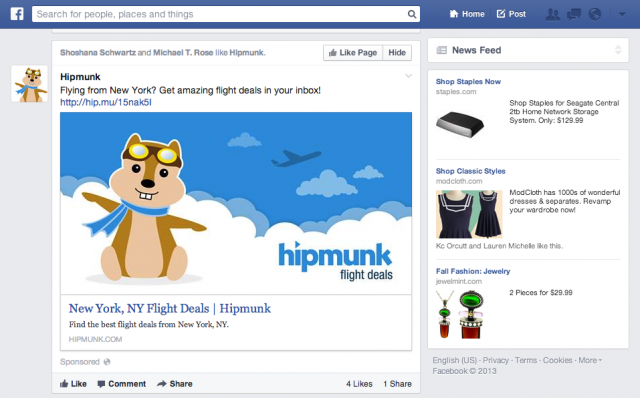
#Retrospective facebook arstechnica ps2
What made the PS2 unusual were the ways it tried to use all of those components simultaneously and how games that were developed for it needed to account for those simultaneous processes. Consoles and PCs rely on separate components for various functions to this day. In order to achieve the incredible technical goals they set for themselves, the PS2 design team created a number of secondary chips, processors, and functions that helped the Emotion Engine handle various functions. What that marketing didn’t always mention is that the Emotion Engine was really just one of several processors that the PS2 ultimately relied on.

The Dreamcast’s “It’s Thinking” campaign even utilized a similar approach.įurthermore, a lot of Sony’s marketing at the time focused on how much more powerful the PS2’s Emotion Engine was than the Xbox’s Pentium processor and many other processors. Even the name “Emotion Engine” was clearly intended to excite you about a new generation of gaming hardware that went beyond traditional computing and got you thinking about the future of dynamic (almost human-like) A.I. As this 2000 CNN article entitled “The Sony Emotion Engine: Will PlayStation 2 Replace Your PC?” demonstrates, there was a lot of mainstream buzz about the centerpiece of the PS2’s hardware.

Sony went out of its way to promote the power of the Emotion Engine in a way that gamers hadn’t really seen since Sega’s famous “blast processing” marketing campaigns. There’s a good chance it’s the one part of the PS2’s hardware you’re already familiar with, and that’s not a coincidence. The Emotion Engine was a CPU that is often called the heart of the PS2. In order to understand how Sony was able to achieve such a drastic jump in rendering power (even based on the natural escalation of technology at the time), you really need to know about the Emotion Engine. While official, internal information regarding the PS1’s fill rate is difficult to find, it was almost certainly lower than the N64’s roughly 62.5 megapixels per second fill rate.īy comparison, the PS2 would eventually offer a fill rate that fell somewhere between 1.2 gigapixels per second and 2.4 gigapixels per second (depending on the operation).

Specifically, it seems that they wanted to address the PS1’s incredibly low fill rate (the number of pixels that can be rendered per second). Seemingly frustrated by the PS1’s slow and simple rendering abilities, Sony approached the PS2’s design with speed in mind. “Fast” really does seem to be the keyword to understanding the logic behind the many strange (in retrospect) design decisions that defined the PS2 hardware. While there are still a few unanswered questions about the history of the PS2, it really seems like Sony’s two main goals during the console’s hardware design phase were to make a console that was incredibly fast and to make a console that was notably different from pretty much everything else out there.

Actually, in a strange way, the fact that the PS2 was so difficult to develop games for may have actually contributed to its historic success.įor now, though, it’s more important to realize what Sony was trying to accomplish with the PS2’s design. Yet, the PS2’s developer-unfriendly reputation didn’t cause the console to lose any ground to the emerging competition. Long before rumors emerged that the PlayStation 2 could be converted into a weapon of mass destruction ( seriously), the gaming industry’s biggest studio’s looked at Sony’s new hardware and wondered “What the hell are we supposed to do with this?” It’s easy to forget now in the aftermath of its historic success, but there was a time when the PlayStation 2’s notoriously complicated architecture made it a nightmare to work with. Ask a developer about their memories of the PlayStation 2, and you might just hear a war story about how incredibly difficult it was to get any of those great games to run on the console in the first place. Ask many gamers about their memories of the PlayStation 2, and you’ll likely hear them gush about the best-selling console’s many great games, incredible controller, and revolutionary multimedia features.


 0 kommentar(er)
0 kommentar(er)
